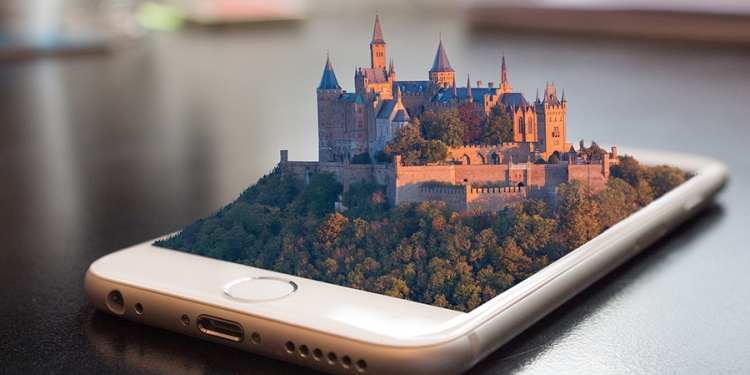
Photo: pixabay.com

Photo: pixabay.com
This page is more than four years old.
When you think of a ghost, you probably conjure up the image of a gentleman in Victorian style clothing or a Civil War soldier stomping through a castle. These spirits are of their time and often fit in with their surroundings such as an old manor house or a castle, but have you noticed that for every technological advancement mankind makes, the spirit world seems to keeps up?
The Victorian era was a simpler time for ghosts. They were called upon in low-tech séances, these were often performed by candle light or in complete darkness and usually involved nothing more than a table. The spirit would communicate by knocking to indicate yes or no, or speak via the medium who was leading the séance.
However in the 1860s something changed that forced ghosts to adapt. Over the next 150 years spirits would have to learn to interact with everything from cameras to televisions, and now they have the challenge of haunting their victims via the internet.
Cameras
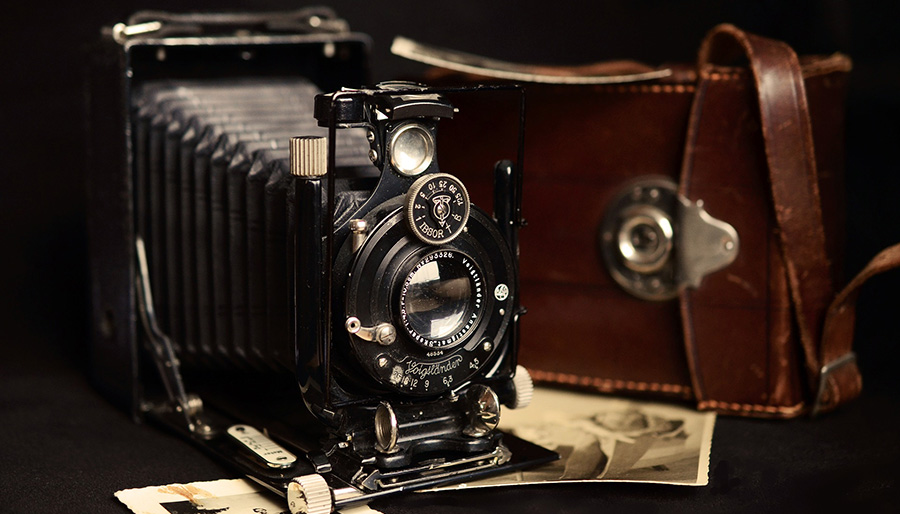
Photo: pixabay.com
It wasn't long after cameras became widely available people discovered that they were able to capture what appeared to be spirits on film - spirit photography was born. Paranormal investigators would attempt to snap images of spiritual entities.
The technique was pioneered by William H. Mumler, an American photographer who worked in New York and Boston. It was in the 1860s that he accidentally stumble upon spirit photography after seeing a second person in a photograph he took of himself. He later realised that this was a double exposure, but this didn't stop him from becoming a medium and selling fraudulent spirit photos to his clients.
Mumler was eventually taken to court and tried for fraud and larceny, but spirit photography had taken off and only grew in popularity throughout the 1880s, remaining popular into the early 20th century. Even Sherlock Holmes author Arthur Conan Doyle was a practitioner of spirit photography.
The technique was pioneered by William H. Mumler, an American photographer who worked in New York and Boston. It was in the 1860s that he accidentally stumble upon spirit photography after seeing a second person in a photograph he took of himself. He later realised that this was a double exposure, but this didn't stop him from becoming a medium and selling fraudulent spirit photos to his clients.
Mumler was eventually taken to court and tried for fraud and larceny, but spirit photography had taken off and only grew in popularity throughout the 1880s, remaining popular into the early 20th century. Even Sherlock Holmes author Arthur Conan Doyle was a practitioner of spirit photography.
Compact Cameras
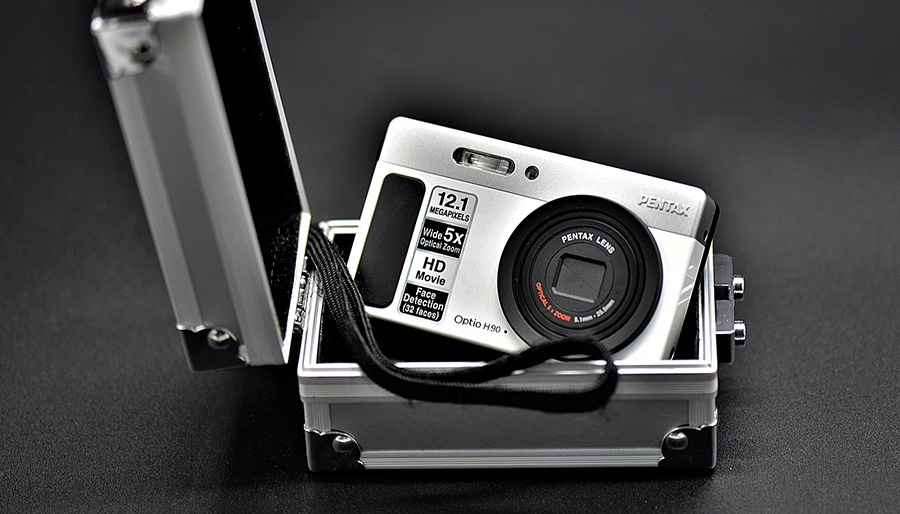
Photo: pixabay.com
As the technology evolved, so did its connection with the paranormal. The advent of compact and ultra-compact digital cameras brought about a whole new type of spirit photography and the phenomenon of "orbs". Many paranormal investigators believe that these ghost lights were evidence of spirit presence, or even the early stages of a ghostly manifestation.
However, orbs are actually nothing more than the result of the camera's flash illuminating dust particles that are drifting close to the lens. The compact design of this type of camera means that the lens is much closer to the flash and this is to blame from orbs. The photography experts at Fujifilm describes the artefacts as a "common photographic problem".
However, orbs are actually nothing more than the result of the camera's flash illuminating dust particles that are drifting close to the lens. The compact design of this type of camera means that the lens is much closer to the flash and this is to blame from orbs. The photography experts at Fujifilm describes the artefacts as a "common photographic problem".
Telephones
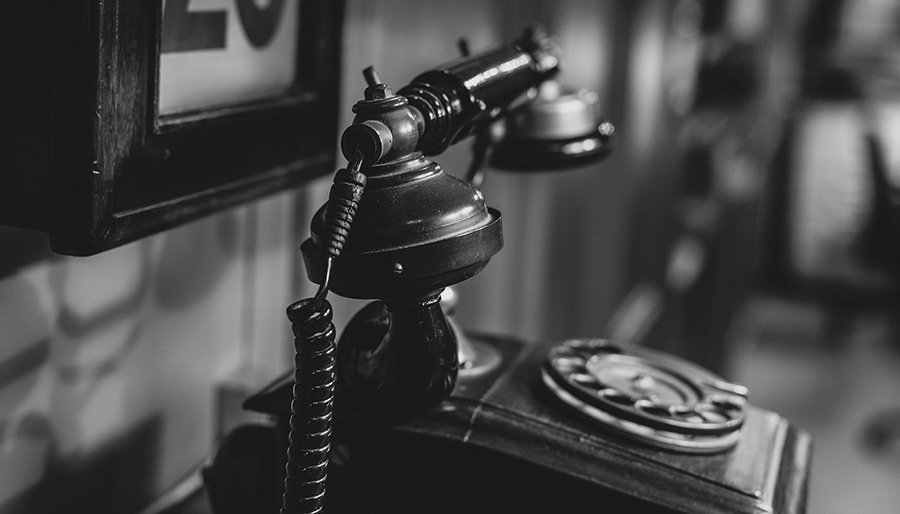
Photo: pixabay.com
Also invented in the late-1800s was the telephone, and by the 1960s and 70s they were allegedly being used by ghosts too. After hearing about the first case involving a "phantom phone call" in 1967, parapsychologists D. Scott Rogo and Raymond Bayless wrote about the phenomenon in their book 'Phone Calls From The Dead'. In the 1979 book they described it as a brief and usually one-off phone call from spirits of deceased relatives, friends, or strangers.
One famous phantom phone call case occurred in 1988 and was reported by American author, Dean Koontz. He claims that he was in his office when he received an unexpected call, he answered and heard a female voice that sounded distant. The voice said "please, be careful." Koontz questioned the caller to try to establish their identity, but the ghostly voice simply repeated its cryptic warning. The author was dumfounded by the call, especially as the voice sounded strangely like his mother's, but she had been dead for almost two years.
One famous phantom phone call case occurred in 1988 and was reported by American author, Dean Koontz. He claims that he was in his office when he received an unexpected call, he answered and heard a female voice that sounded distant. The voice said "please, be careful." Koontz questioned the caller to try to establish their identity, but the ghostly voice simply repeated its cryptic warning. The author was dumfounded by the call, especially as the voice sounded strangely like his mother's, but she had been dead for almost two years.
Tape Recorders
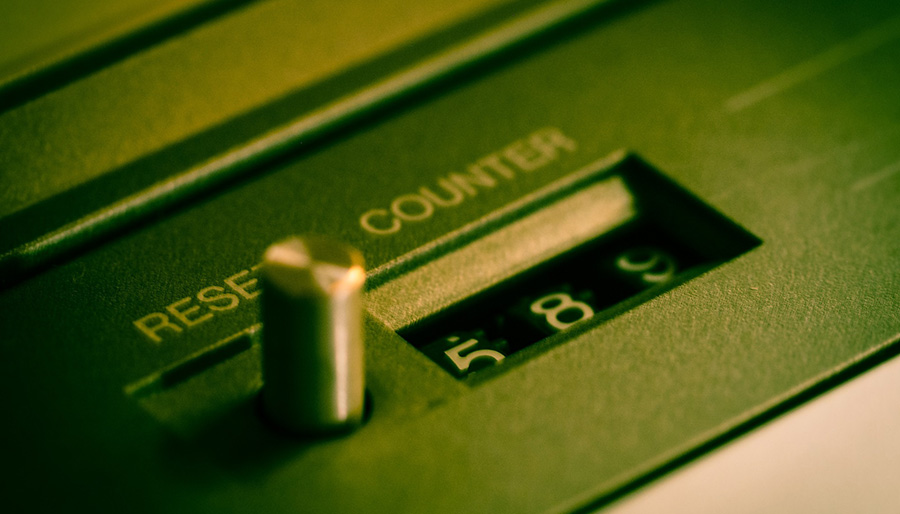
Photo: pixabay.com
After the invention of the telephone came the technology that allowed us to record voices on to tape. This is where the modern day phenomenon of EVPs, or electronic voice phenomenon started.
American photographer Attila von Szalay was one of the first researchers to attempt recording what he believed to be voices of the dead. By 1956 he was using a reel-to-reel tape recorder and was able to make several successful recordings using a custom-built insulated cabinet that contained a microphone. Upon playback he found there were sounds on his tapes that weren't heard during the recording, he believed these sounds to be the voices of the dead.
However, not everyone was convinced by his work. Some think his recordings may have been the result of using recording equipment with a poorly aligned erasure head, resulting in a small percentage of previous sounds recorded on the tape to be mixed into a new silent recording.
Perhaps one of the most famous uses of a tape was by parapsychologist Maurice Grosse during the Enfield Poltergeist case. While researching the 1977 haunting he recorded hours of audio which appeared to be the voice of the entity that haunted the house speaking through the young girls who lived there.
In 1995, the parapsychologist David Fontana suggested in an article that poltergeists could haunt tape recorders and that this is what happened to Maurice Grosse.
American photographer Attila von Szalay was one of the first researchers to attempt recording what he believed to be voices of the dead. By 1956 he was using a reel-to-reel tape recorder and was able to make several successful recordings using a custom-built insulated cabinet that contained a microphone. Upon playback he found there were sounds on his tapes that weren't heard during the recording, he believed these sounds to be the voices of the dead.
However, not everyone was convinced by his work. Some think his recordings may have been the result of using recording equipment with a poorly aligned erasure head, resulting in a small percentage of previous sounds recorded on the tape to be mixed into a new silent recording.
Perhaps one of the most famous uses of a tape was by parapsychologist Maurice Grosse during the Enfield Poltergeist case. While researching the 1977 haunting he recorded hours of audio which appeared to be the voice of the entity that haunted the house speaking through the young girls who lived there.
In 1995, the parapsychologist David Fontana suggested in an article that poltergeists could haunt tape recorders and that this is what happened to Maurice Grosse.
Television
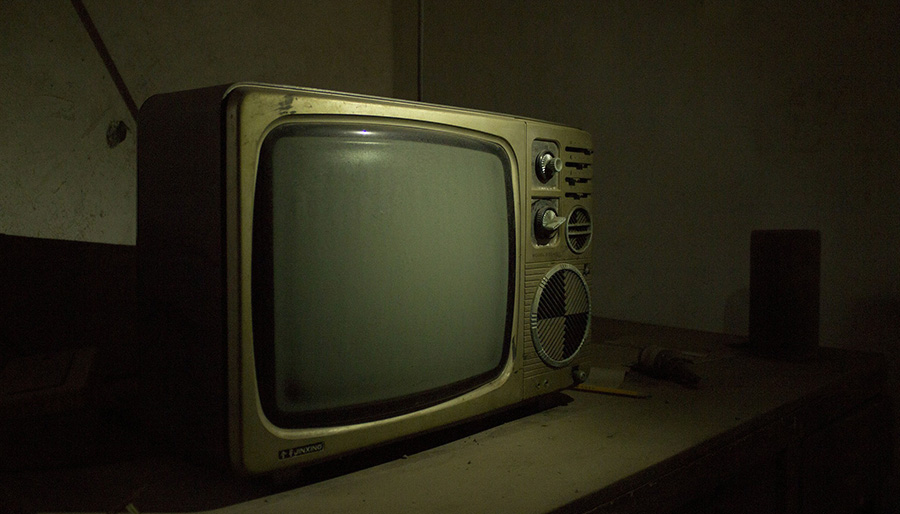
Photo: pixabay.com
The next big leap in technology was the invention of television and along with it came a new form of haunting. One form of spirit communication involves using a television and video camera feedback loop, which creates the Droste effect, where a picture recursively appears within itself or simply by observing patterns in static.
One famous example of this occurred on the day of the funeral of EVP researcher Friedrich Jürgenson. His colleague had tuned his television set to an empty channel so that it just showed static. He claims that Jürgenson's face appeared on the screen.
The idea of haunted televisions firmly rooted itself in popular culture. A memorable part of the 1982 movie 'Poltergeist' was the television screen that shows static and talked to the youngest child in the family, Carol Anne.
In 1992 a piece of groundbreaking British TV show attempted to use the viewers' televisions in a unique way. 'Ghostwatch' was presented by Michael Parkinson, the show started on Halloween night with the words "the programme you're about to watch is a unique live investigation of the supernatural." The show aimed to convince viewers that they had inadvertently taken part in a mass séance via their television sets.
Haunted television naturally evolved into the idea of haunted video tapes, an idea which is pivotal to the plot of the 2002 horror film, 'The Ring'.
One famous example of this occurred on the day of the funeral of EVP researcher Friedrich Jürgenson. His colleague had tuned his television set to an empty channel so that it just showed static. He claims that Jürgenson's face appeared on the screen.
The idea of haunted televisions firmly rooted itself in popular culture. A memorable part of the 1982 movie 'Poltergeist' was the television screen that shows static and talked to the youngest child in the family, Carol Anne.
In 1992 a piece of groundbreaking British TV show attempted to use the viewers' televisions in a unique way. 'Ghostwatch' was presented by Michael Parkinson, the show started on Halloween night with the words "the programme you're about to watch is a unique live investigation of the supernatural." The show aimed to convince viewers that they had inadvertently taken part in a mass séance via their television sets.
Haunted television naturally evolved into the idea of haunted video tapes, an idea which is pivotal to the plot of the 2002 horror film, 'The Ring'.
Video Cameras

Photo: pixabay.com
Next came video cameras which were responsible for an explosion of paranormal incidents caught on camera. of course nowadays high-quality, 4K cameras are inexpensive, but initially consumer camcorders were analogue and of poor quality, which resulted in grainy pictures and ghostly figures that were hard to make out.
The more artefacts there are in a piece of footage the more pareidolia kicks in - that's our tendency to see familiar shapes in abstract images. It's also harder to debunk low quality footage as it's hard to work out what you're really looking at.
This is something the makers of the 'Paranormal Activity' movie series understood. Although the movies were made during the era of high definition video, they ensured that all of the footage that was captured in the film was low quality, jittery and poorly lit, all this helps add to the tension and realism.
The rise of consumer night vision cameras also gave rise to a new wave of captures of orbs. In the same way that orbs became more common when stills cameras got more compact and the flash moved closer to the lens, mounting a light source to the front of a video camera had the same effect.
In the case of night vision it is an invisible infrared light that illuminates microscopic particles very close to the lens. Again the short distance between the lens and the IR light decreases the angle of light reflection to the lens, directly illuminating the aspect of the particles facing the lens and increasing the camera's ability to capture the light reflected off these particles.
More and more people are looking for ghosts all the time and with high quality video equipment getting ever cheaper and more accessible, surely it cant' be long until someone manages to capture definitive proof of the paranormal in full HD video. Sadly, despite the technology available we still only see poorly shot and low quality videos.
The more artefacts there are in a piece of footage the more pareidolia kicks in - that's our tendency to see familiar shapes in abstract images. It's also harder to debunk low quality footage as it's hard to work out what you're really looking at.
This is something the makers of the 'Paranormal Activity' movie series understood. Although the movies were made during the era of high definition video, they ensured that all of the footage that was captured in the film was low quality, jittery and poorly lit, all this helps add to the tension and realism.
The rise of consumer night vision cameras also gave rise to a new wave of captures of orbs. In the same way that orbs became more common when stills cameras got more compact and the flash moved closer to the lens, mounting a light source to the front of a video camera had the same effect.
In the case of night vision it is an invisible infrared light that illuminates microscopic particles very close to the lens. Again the short distance between the lens and the IR light decreases the angle of light reflection to the lens, directly illuminating the aspect of the particles facing the lens and increasing the camera's ability to capture the light reflected off these particles.
More and more people are looking for ghosts all the time and with high quality video equipment getting ever cheaper and more accessible, surely it cant' be long until someone manages to capture definitive proof of the paranormal in full HD video. Sadly, despite the technology available we still only see poorly shot and low quality videos.
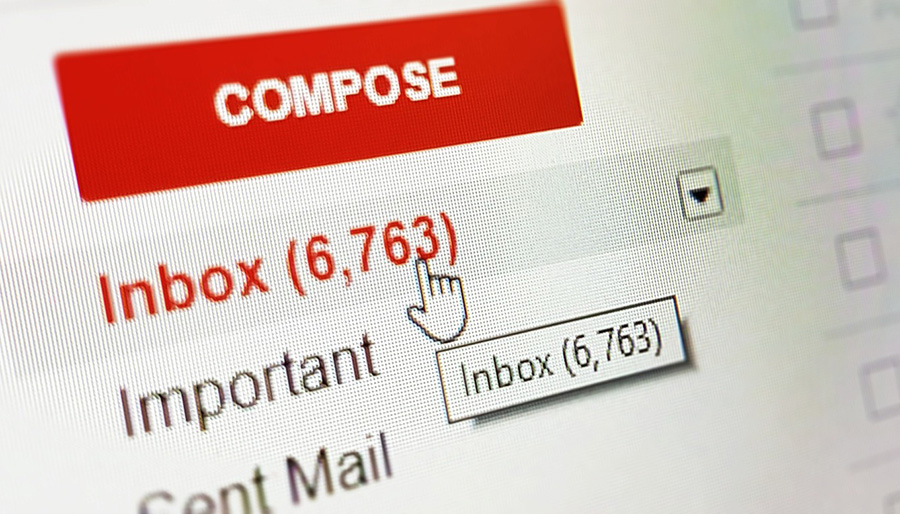
Photo: pixabay.com
We've heard about phone calls from the dead, how about emails from the dead? Well there are some who believe that the spirit of dead humans have the ability to take control of technology in order to send emails from beyond the grave.
The most famous case of this nature took place in 2011 when a Pennsylvanian man named Jack Froese passed away suddenly at the age of 32. Five months after his death, Jack's childhood friend Tim Hart started receiving a emails from Jack.
The first emails carried the subject line "I'm Watching", and read "Did you hear me? I’m at your house. Clean your f***ing attic!!!"
The source of the emails remains a mystery to this day. The emails all had a personal touch and seemed like they were really coming from Jack. His friends and family said no one had Jack's password and there's no signs that his account was hacked.
The most famous case of this nature took place in 2011 when a Pennsylvanian man named Jack Froese passed away suddenly at the age of 32. Five months after his death, Jack's childhood friend Tim Hart started receiving a emails from Jack.
The first emails carried the subject line "I'm Watching", and read "Did you hear me? I’m at your house. Clean your f***ing attic!!!"
The source of the emails remains a mystery to this day. The emails all had a personal touch and seemed like they were really coming from Jack. His friends and family said no one had Jack's password and there's no signs that his account was hacked.
Mobile Phones
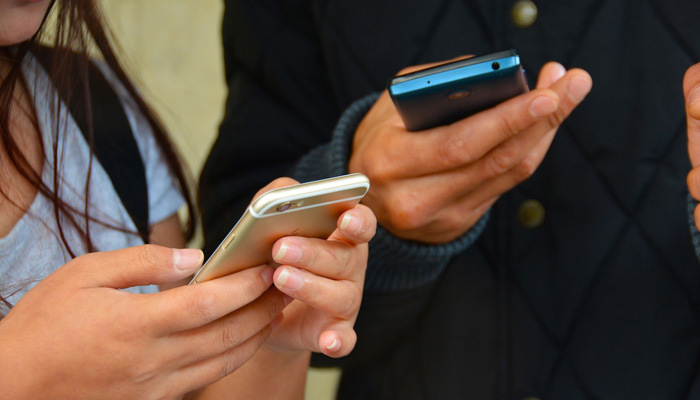
Photo: pixabay.com
Right now smartphones seem like the ultimate piece of technology, it gives us the world in our pocket. They've also opened up brand new ways for ghosts to haunt us, everything from spooky figures in photos and videos, through to Snapchat filters detecting unseen faces.
Reports of people getting text messages allegedly from the dead is on the increase. Of course this could be the result of a glitch or a faulty phone, but those who have received them are convinced the messages are from their deceased loved ones.
And it's not just text messages, in 2018 a Twitter user going by the name of Ty posted a chilling piece of audio of a mysterious voicemail message he received. The eerie clip seemed to consist of a cryptic code, a geographical coordinate and instructions to evacuate.
Others have reported receiving missed calls from the ghosts of their friends and family. In these cases it's said that the phone doesn't actually ring and the missed call from their number simply appears as a notification.
Since phones have got smarter and been packed full of more and more sensors and detectors, app developers have taken advantage of these features to make ghost hunting apps. Many of the apps are based on randomisation algorithms to generate words from a database of words or phonics. The apps allow any spirits in the vicinity to interfere with this random sequence and intentionally select words in order to communicate a message to the living.
Others are based on the detection of fluctuations in the electromagnetic field, as phones and other mobile devices don't have a true EMF meter built in, the apps use a combination of inputs including the compass, magnetometer and accelerometer to build up a picture of electromagnetic field strength.
Reports of people getting text messages allegedly from the dead is on the increase. Of course this could be the result of a glitch or a faulty phone, but those who have received them are convinced the messages are from their deceased loved ones.
And it's not just text messages, in 2018 a Twitter user going by the name of Ty posted a chilling piece of audio of a mysterious voicemail message he received. The eerie clip seemed to consist of a cryptic code, a geographical coordinate and instructions to evacuate.
Others have reported receiving missed calls from the ghosts of their friends and family. In these cases it's said that the phone doesn't actually ring and the missed call from their number simply appears as a notification.
Since phones have got smarter and been packed full of more and more sensors and detectors, app developers have taken advantage of these features to make ghost hunting apps. Many of the apps are based on randomisation algorithms to generate words from a database of words or phonics. The apps allow any spirits in the vicinity to interfere with this random sequence and intentionally select words in order to communicate a message to the living.
Others are based on the detection of fluctuations in the electromagnetic field, as phones and other mobile devices don't have a true EMF meter built in, the apps use a combination of inputs including the compass, magnetometer and accelerometer to build up a picture of electromagnetic field strength.
YouTube
Bring is us bang up to date is YouTube live streaming. Gamers spend hours broadcasting gameplay live to their hundreds of thousands of subscribers. In 2017 one YouTuber named Rubzy got more than he bargained for while streaming from an apartment where he was house sitting.
Around 45 minutes into the live stream a door behind the gamer opened on its own, before slamming and making him jump. This was followed up by several other occurrences that seemed to be paranormal, all of which was witnessed live by the hundreds of people watching him at the time.
Around 45 minutes into the live stream a door behind the gamer opened on its own, before slamming and making him jump. This was followed up by several other occurrences that seemed to be paranormal, all of which was witnessed live by the hundreds of people watching him at the time.
Further Reading
Dive into the world of the paranormal and unexplained with books by Higgypop creator and writer Steve Higgins.

Whispers From The Other Side
A guide to capturing and analysing EVPs for ghost hunters of all levels, covering techniques and theories.
Buy Now
Hidden, Forbidden & Off-Limits
A journey through Britain's underground spaces, from nuclear bunkers to secret wartime sites.
Buy NowMore Like This
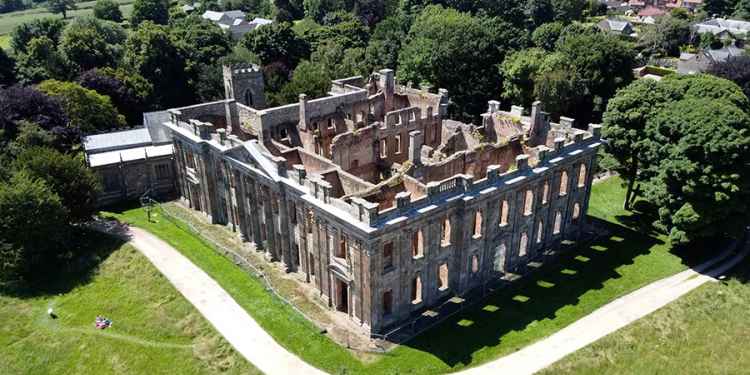
Haunted BritainDecember 25, 2024
2024's Most Popular Paranormal Hotspots In The UK
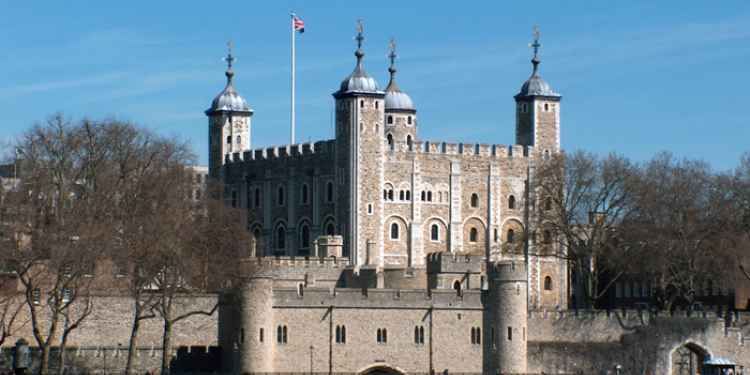
GamesNovember 28, 2024
Can You Match These Famous Ghosts To Their Haunting Grounds?
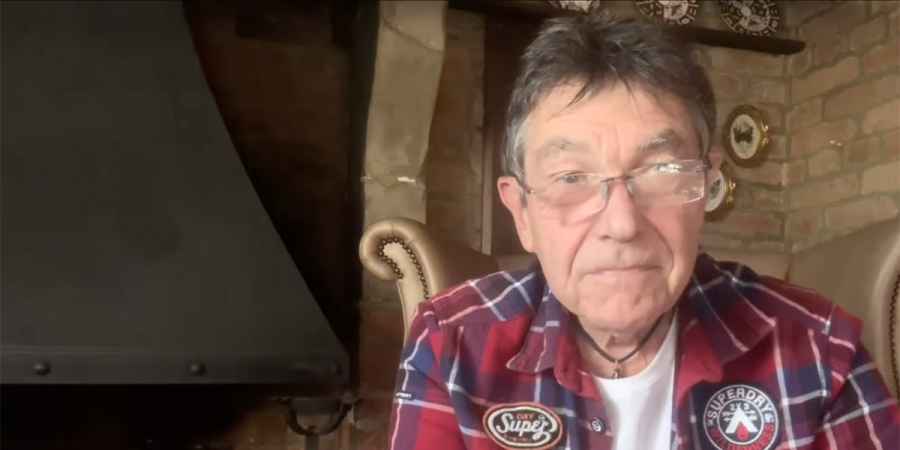
HalloweenOctober 30, 2024
Richard Felix Shares A Collection Of Modern Ghost Stories For Halloween
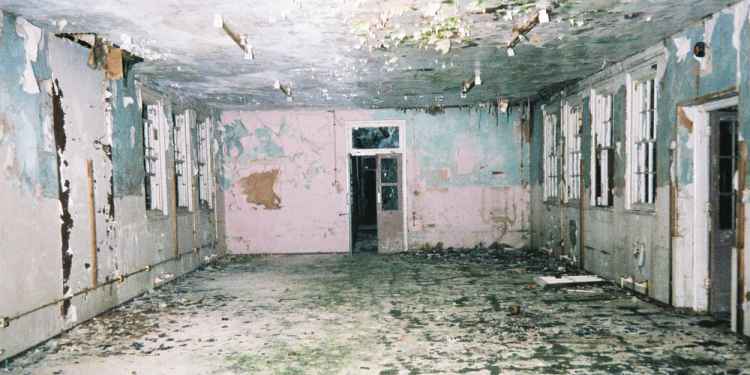
ParanormalOctober 20, 2024
My First Ever Ghost Hunt: 20 Years Ago This Halloween Night
 See More on Audible
See More on Audible
Comments
Want To Join The Conversation?
Sign in or create an account to leave a comment.
Sign In
Create Account
Account Settings
Be the first to comment.